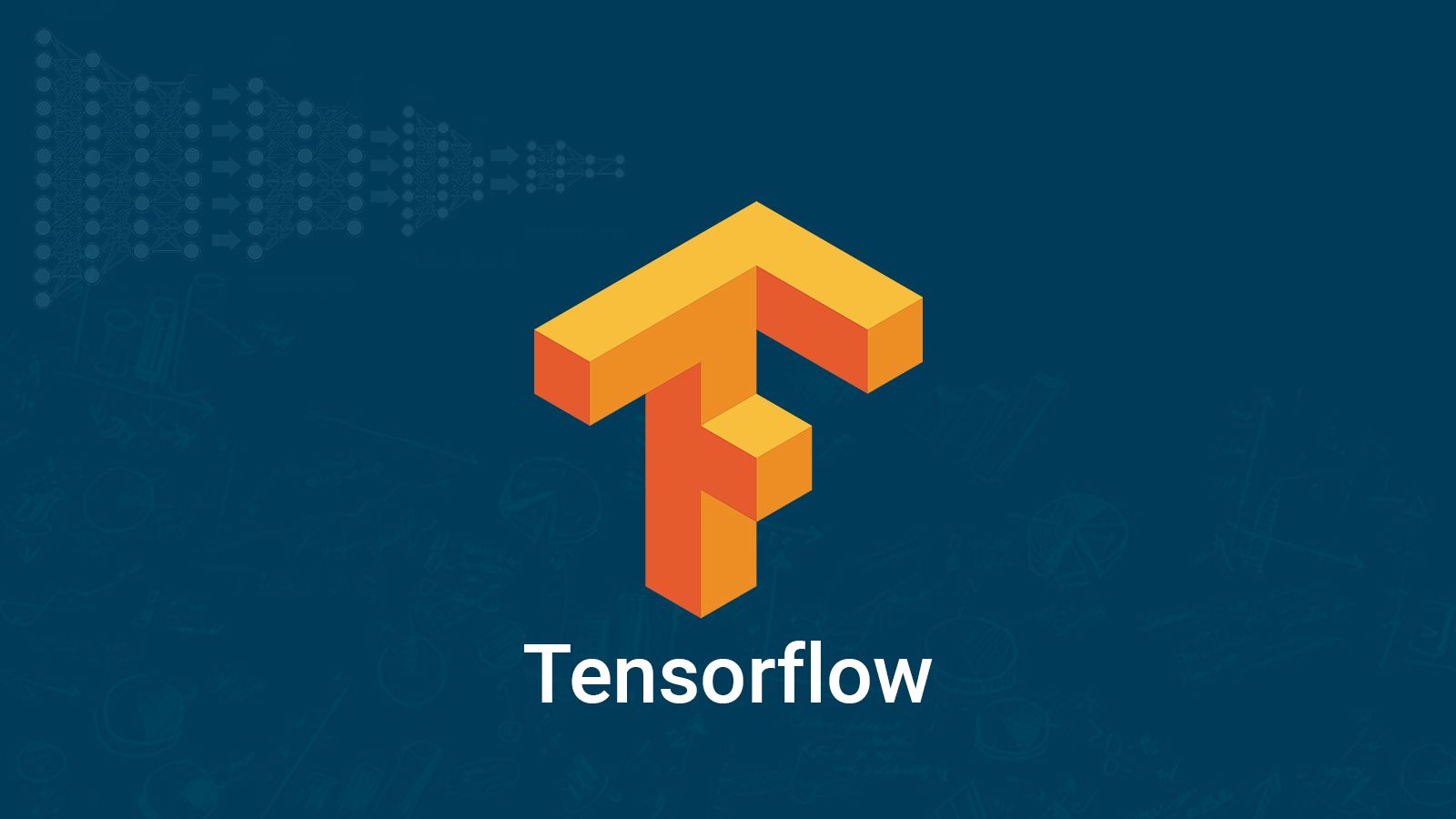You’ve probably heard of Kubernetes, but if not, it’s a cloud platform that enables you to quickly and easily deploy and manage containers across a cluster of computers. One of the most popular ways to run machine learning on Kubernetes is using the TensorFlow framework. Recent versions of Kubeflow use TensorFlow Serving on Kubernetes without needing to install any software on your local machine.
TensorFlow
TensorFlow is a machine learning framework that can be used for both training models and serving models. This flexibility makes it a good choice for building fast, scalable architectures on Kubernetes.

TensorFlow can be used for both supervised and unsupervised learning, white box or black box approaches, as well as deep learning (for example: convolutional neural networks). It supports classification tasks such as image recognition or speech processing; regression tasks like forecasting stock prices; reinforcement learning to control robots in a simulation environment; natural language processing tasks like sentiment analysis—the list goes on!
There are a number of ways to run TensorFlow on Kubernetes, but one of the most popular is using the TensorFlow On Kubernetes project also know as Kubeflow. Kubeflow is a toolkit for running machine learning workloads on Kubernetes. It includes a number of components for managing and deploying TensorFlow models, including:
- A JupyterHub server for interactive development and experimentation
- A TensorFlow Serving server for deploying trained models
- Atfinance/ml-pipeline for building and deploying machine learning pipelines
If you’re interested in running TensorFlow on Kubernetes, the Kubeflow project is a great place to start.
Setting up a pipeline
You’re probably wondering how to set up a pipeline. Don’t worry, we’ve got you covered.
A pipeline is essentially a set of scripts that will automatically run at the right time and place in order to make your machine learning model production-ready. It can contain all the steps necessary to get your data ready for training in-house or outsource it, train the model on cloud resources like AWS or GKE using TensorFlow Serving, then finally deploy it as an API to Kubernetes Engine (GKE) so that its predictions can be used in other applications.
In practice this means importing data into Amazon S3 buckets, training models using TensorFlow Serving on instances with GPU support in AWS or TPUs on GKE , deploying models onto Kubernetes Engine instances with GPU support where they will serve requests through APIs.
Kubeflow Pipelines
Kubeflow Pipelines is a framework for building and deploying machine learning workflows on Kubernetes.
It provides an intuitive interface to build ML pipelines in YAML, including training and evaluation steps, as well as model deployment to GCP services such as Cloud Dataproc and Cloud Storage.
Deploying Kubeflow on AWS
Now that you know about Kubeflow, let’s go ahead and deploy it on AWS.
First things first: you need to create an IAM user with permissions to deploy Kubeflow (kubeflow) using the following command:
```console
$ aws iam create-user --user-name kubeflow --password 'safepassword' --role arn:aws:iam::1234567890ABCDEFGHIJKLMNOPQRSTUVWXYZ role_arn_to_be_deployed```
This is one of the most popular ways to run machine learning on Kubernetes. There are many other options available, so be sure to explore what’s out there and find the best fit for your needs.
Running machine learning workloads on Kubernetes can be a great way to improve performance and efficiency. But before you get started, be sure to read up on the best practices for running machine learning on Kubernetes. That way, you can be sure that your models are deployed safely and securely.
Integrating into CI/CD pipelines
Once you’ve launched your model on Kubernetes and it’s ready to go! The next step is putting it into production. If you’re using a containerized CI/CD pipeline, here are a few things you’ll want to look into:
- Use Helm to deploy your models as Jupyter notebooks. This allows for quick experimentation and iteration with different architectures, hyperparameters, and training strategies.
- Use TensorFlow Serving in combination with Google’s TensorBoard for monitoring the model performance during training.
- Use Kubernetes’ container health checks—or more specifically, container liveness probes—to ensure that your model remains healthy after deployment.
Conclusion
So, if you want to get started with ML on Kubernetes, start by installing Kubeflow and then create a TensorFlow job. If you run into problems with this tutorial or have any questions, don’t hesitate to leave us a comment below!

